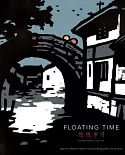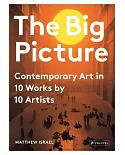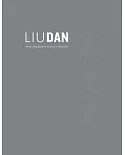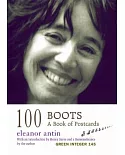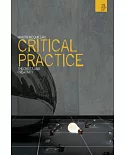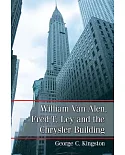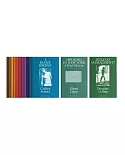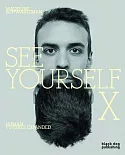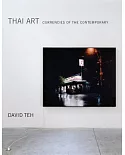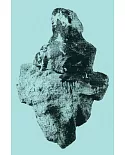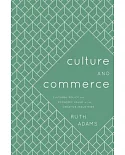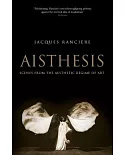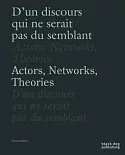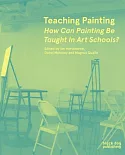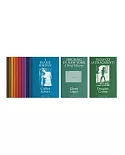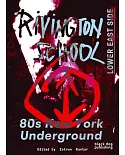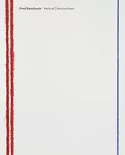A free-spirited wave of creative energy swept through the San Francisco art community after World War II. Challenging accepted modes of painting, Abstract Expressionists produced highly
experimental works that jolted the public out of its postwar complacency. Susan Landauer's comprehensive examination of this dynamic movement provides the first clear picture of the artists and
influences that came together in San Francisco's invigorating world of Abstract Expressionism.
Landauer argues that Abstract Expressionism resulted from a broad collective impulse rather than the inspiration of a small band of New York artists. Documenting the interchanges between the
East and West Coasts, she cites areas of mutual influence and shows the impact of San Francisco on the New York School, including artists such as Mark Rothko and Ad Reinhardt. San Francisco's
Beat poets, Dixieland jazz musicians, and the area's stunning vistas were essential parts of Abstract Expressionism, as were artistic and spiritual contacts with Asia.
Under Douglas MacAgy and Clyfford Still, the California School of Fine Arts became the undisputed center of vanguard abstraction on the West Coast. Artists such as Edward Corbett, Jay DeFeo,
James Budd Dixon, Frank Lobdell, and Hassel Smith produced gritty, provocative images whose impact extended well beyond California. Landauer also notes the importance of Grace L. McCann Morley,
director of the San Francisco Museum of Modern Art, who opened the museum to major Abstract Expressionist figures, and Jermayne MacAgy, who brought local and international artists
together.
Enlivened by oral histories, Landauer's book is a rewarding exploration of a vital period in modern art. Richly illustrated with 96 color plates, it celebrates the energy and lasting impact of
a special time. A free-spirited wave of creative energy swept through the San Francisco art community after World War II. Challenging accepted modes of painting, Abstract Expressionists
produced highly experimental works that jolted the public out of its postwar complacency. Susan Landauer's comprehensive examination of this dynamic movement provides the first clear picture of
the artists and influences that came together in San Francisco's invigorating world of Abstract Expressionism.
Landauer argues that Abstract Expressionism resulted from a broad collective impulse rather than the inspiration of a small band of New York artists. Documenting the interchanges between the
East and West Coasts, she cites areas of mutual influence and shows the impact of San Francisco on the New York School, including artists such as Mark Rothko and Ad Reinhardt. San Francisco's
Beat poets, Dixieland jazz musicians, and the area's stunning vistas were essential parts of Abstract Expressionism, as were artistic and spiritual contacts with Asia.
Under Douglas MacAgy and Clyfford Still, the California School of Fine Arts became the undisputed center of vanguard abstraction on the West Coast. Artists such as Edward Corbett, Jay DeFeo,
James Budd Dixon, Frank Lobdell, and Hassel Smith produced gritty, provocative images whose impact extended well beyond California. Landauer also notes the importance of Grace L. McCann Morley,
director of the San Francisco Museum of Modern Art, who opened the museum to major Abstract Expressionist figures, and Jermayne MacAgy, who brought local and international artists
together.
Enlivened by oral histories, Landauer's book is a rewarding exploration of a vital period in modern art. Richly illustrated with 96 color plates, it celebrates the energy and lasting impact of
a special time.


